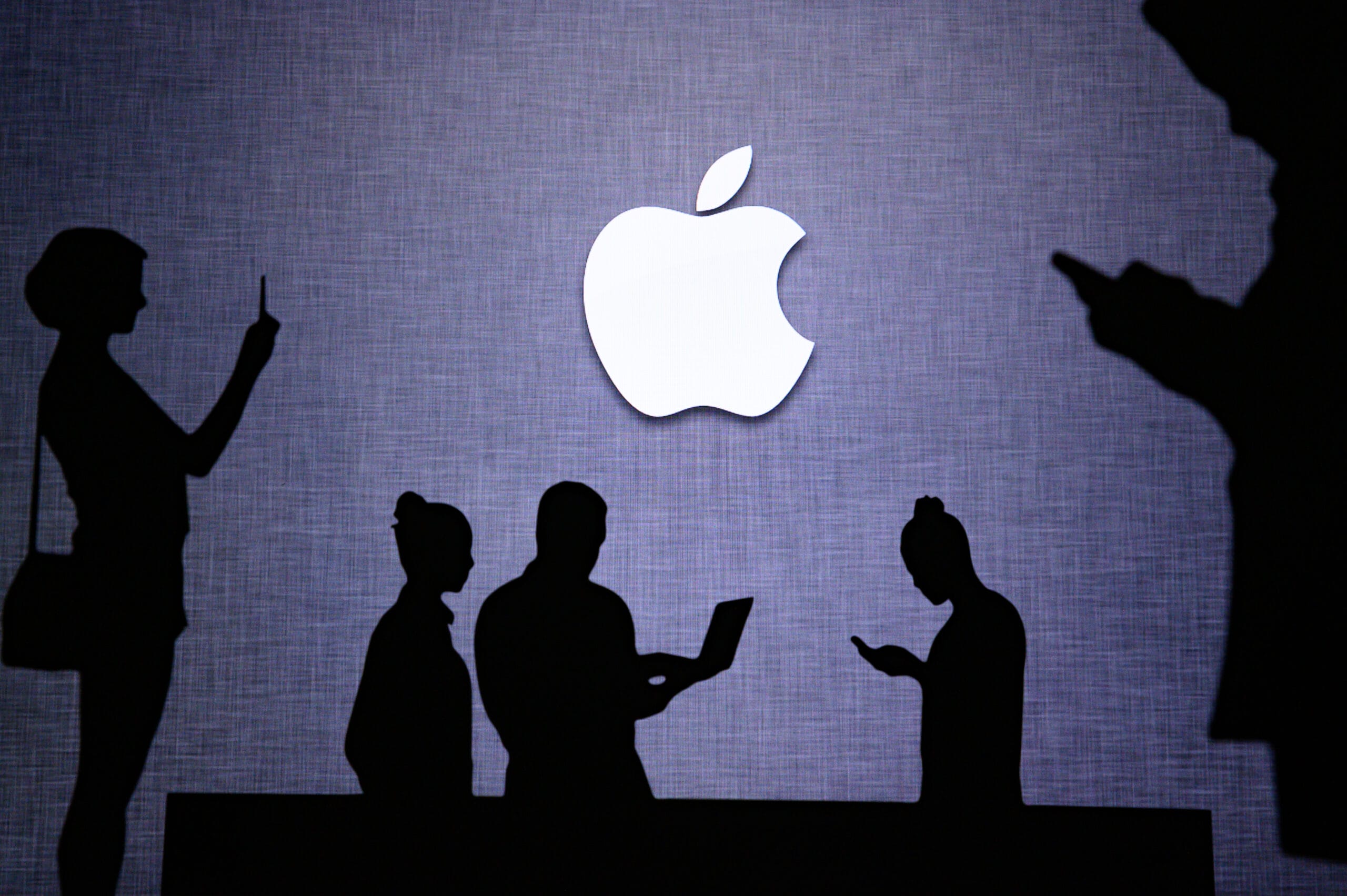A year ago I wrote an article about the explosion of Pokemon Go. According to ComScore, PoGo scored 28 million active daily users at its peak and has stabilized at five million. Niantic, the game maker, confirms this. The game rakes in about $2 million every day and at the time of writing sits at #7 top grossing game in the iTunes store. Given this, I wanted to revisit my original article and talk about how the game has evolved in the last year, and what lessons there are for us product managers.
While I’ve been speaking to players intermittently since the game came out, Niantic hosted a 20,000-person event called Pokemon Go Fest in Chicago this July. Fans flew in from all over the world to connect and play together. While the press largely focused on the event’s failures (deserving of an article in itself), it was a wonderful opportunity for me to conduct some user research.

A Mobile Game Designed to be Mobile
Last year I wrote about how the key elements of this game are perfect for a mobile phone. You need to walk to different locations to catch Pokemon, and you hatch eggs by getting a certain number of kilometers logged. In some ways this hasn’t changed at all – hardcore players still have chat groups and meet up after work and on weekends, though they’re no longer going for casual “PokeWalks”- they’re now raiding and attacking gyms together to get more valuable Pokemon and points.
Gameplay for more casual players has shifted to an interstitial behavior instead of a deliberate one. I met a Lyft driver this spring who explained that he pretty much just logs in once a day to get his login streak bonus. He said he was really waiting for the release of the Legendaries, a set of ultra-rare, powerful Pokemon, before he jumped back in for more than that. Another casual player I spoke with explained that he only plays when he’s walking from one spot to another, such as from the train to the office. He has one co-worker he occasionally plays with, so sometimes they’ll try to finish lunch early and go for a little walk, but it is no longer an activity that they go out of their way for.
There are some elements of the mobile game that I didn’t predict well: winter was an issue for many northern players. The desire to attack a rival gym when it’s snowing outside is much weaker than when the sun is shining. Several people mentioned playing less often in the colder months and picking it up again once the weather turned.
Visible Use
Until the recent raid and Legendaries releases this July, visible use dropped substantially. Fewer players in general made gameplay less obvious, and the skill of players in the game has increased, so that they no longer need to shift their grip on their phone to catch Pokemon. It means you no longer see funny poses from people on the street.
The latest release of raids and Legendaries has brought crowds of players back to the game in an obvious way. Raids are opportunities for PoGo trainers to team up together to attack a particularly powerful Pokemon; at the end you get the opportunity to catch that Pokemon and add it to your own fighting collection. The only way to catch Legendaries is with these mechanics, which has made the gyms with Legendary Pokemon very popular. These past two weeks we’ve seen crowds of people gathered outside these gyms, working together to fight for new creatures to add to the collection.
Easily and Naturally Social
Since writing the first article I’ve learned much more about the game’s more passionate players. One of the things you do within your first few days of playing Pokemon Go is pick your team, which in essence is just selecting the color blue, red, or yellow. You then battle other trainers to have possession of your local Pokemon Gyms, which are landmarks in the game, and you get points and street cred for every gym that your Pokemon defend.
Attacking and defending gyms requires multiple people to team up, and it’s hard to do this by random chance. Therefore, to be a top PoGo player you need a group of people to play with, and these people are extremely loyal to their teams. They’ve got chat channels specific for their team and region. I spoke with a man from Orlando about why he founded one of these communities: “I was just getting so sick of the damn red team so I decided to do something about it.” His team’s dominance is a source of pride, as he told me about his ability as team leader to declare that the blue team is taking over a zip code and then seeing it happen. Of course, when I then asked him a question about which Pokemon are good to defeat a certain legendary in a gym, he looked down his nose at me: “Oh, you’re one of those casual players.”

The social elements of the game still exist for the casual players, people will talk to each other if they see someone playing the game, but it’s more muted than before. But the biggest change in PoGo dynamics is the emergence of in-person events. July’s Pokemon Go fest in Chicago – 20,000 people from around playing Pokemon Go together – proved how fundamental the social element is to this game.
Nobody Cares About AR…Still
The AR feature of Pokemon Go, despite getting tons of press, is still only used if you can get a special Pokemon photo in a very unique place. The vast majority of screenshots shared in the chat communities and Facebook groups don’t use AR; as a product manager, I wonder why they don’t kill the feature entirely. Perhaps those occasional funny photos of a Pikachu boarding a train are a good form of social advertising, though I even doubt that.
Lessons Learned
Pokemon Go has seen continued success not only because of features added to the game, but because of the features that players have added around the ecosystem, such as in-person teams and raids, chat channels, blogs, YouTube stars, and other forms of community. It no longer has the mass appeal that created the original buzz; Niantic, to its credit, has encouraged these community features while focusing development time on increasing its appeal to the casual players. Ultimately, there still isn’t another game like this on the market, and while the Nintendo franchise contributed to the initial adoption of the game, much of the continued attention is due to great game design and creativity on behalf of its makers.







Comments 1